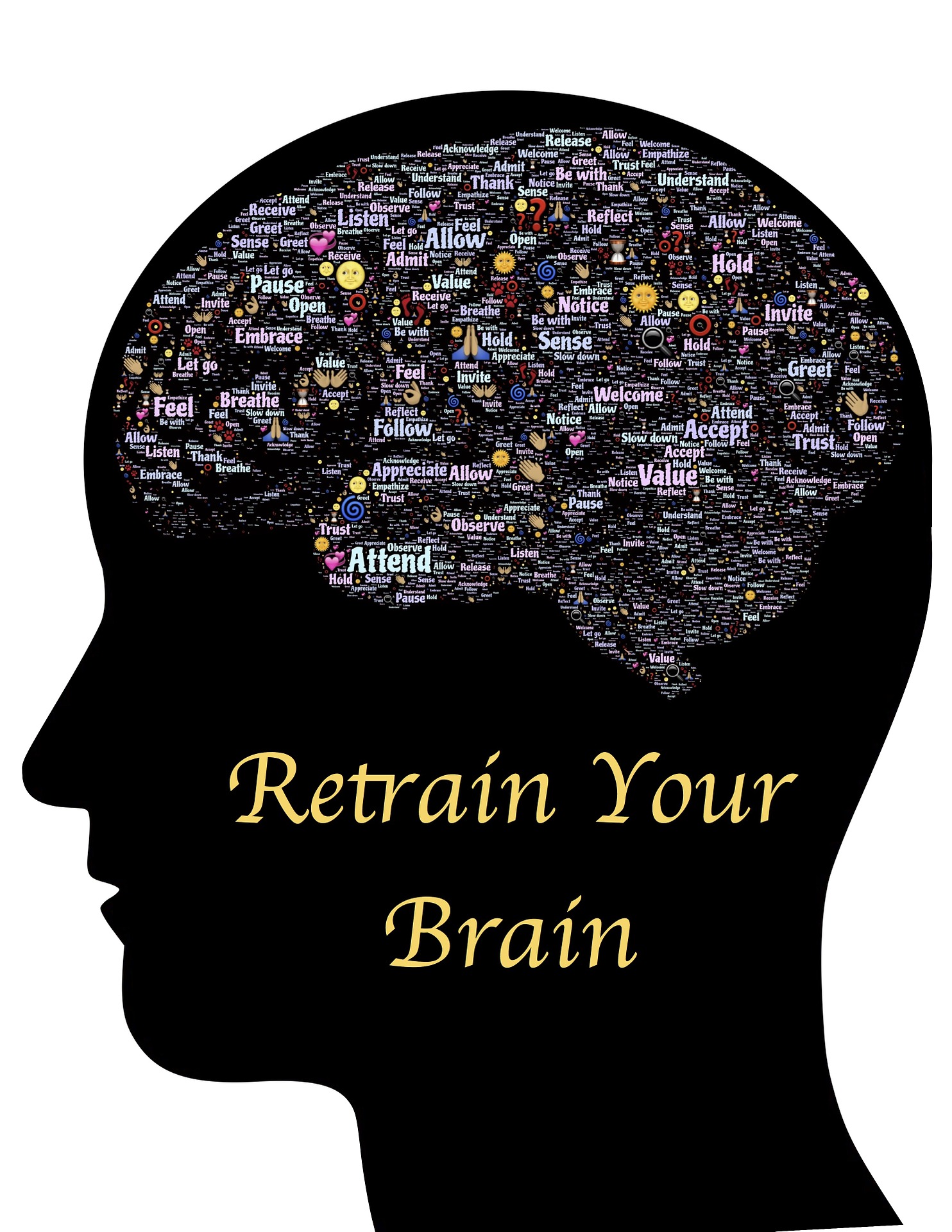I was recently at an excellent professional development workshop about place-based learning, which is basically project based learning, but centered around inquiry and community (place). This is essentially what I do, what I advocate for. It was very exciting for me, being amongst other people who were successfully doing what I want to do, and getting that affirmation that it is needed and valuable. However, I kept hearing a recurring question from other participants at the workshop that was essentially along the lines of “how can I implement this in my current curriculum?” (particularly when the curriculum is mandated).
In my last post I talked about ways teachers might already be implementing this type of learning, but being at this workshop, surrounded by other educators asking this question, it occurred to me that some of the puzzle is mindset. Mindset is kind of a buzz word at the moment, or at least it seems to be to me, but it is none-the-less important.
Let me make this perfectly clear; you can instill inquiry based skills into ANY curriculum, it’s all about how you approach it.
Project-based, place-based, task-based, inquiry-based learning can be integrated and supported by all types of learning. For example, lets consider the topic of immigration. You can approach this topic from a purely facts based perspective. Data, stats, generic deffinitions, etc. This kind of approach gives a surface area knowledge and awareness of what immigration is and what it entails. That would be the mindset of teaching kids ABOUT immigration.
You can approach the same topic from specific given curriculum…most likely this would include some stories from immigrants, some further information about what it’s like to BE an immigrant, the history of it, etc. This would be approaching the topic from a mindset of teaching kids to UNDERSTAND immigration.
Or, from a more inquiry based mindset, where you strive to teach students not just WHAT immigration is, or WHY people immigrate, or what the EXPERIENCE is like, you can approach the topic from the perspective of “How does/has immigration affected my community?” That is Place-Based learning. In the process of teaching that, you’ll still be teaching students about the facts and definitions, you’ll still be looking for those personal accounts, you’ll still be exploring the history of immigration, but you’ll also be looking at the WHY, the CAUSE, the EFFECTS, all the integrated factors and ripples that are related to the immigration aspect in your area. WHY did people immigrate? WHY were they invited to come? HOW did it impact the history of the area? HOW is it impacting the community now?
The project/inquiry mindset is all about looking for and asking those leading, deepening questions. It’s about constantly asking your students;
“What does this mean for you?”
“What does this mean for your community?”
“Why do you think this is happening?”
“What might happen if you do this?”
“Where else have you seen this?” etc.
It’s about constantly pointing out the connections your content has to other content areas. Such as talking about lumber production, architecture, and building construction in relation to patterns and geometry.
It’s about using scientific data to demonstrate a math concept such as percent concentration or linear relationships, and conversely using a math concept like algebra to solve a real world problem, such as how many hot dog packages and hot dog bun packages you need to feed a certain number of people with minimal waste.
It is about a mindset of symbiotic and sustainable relationships.
Inter-connectedness. Complexity. Cross-curricular. Collaboration. Well roundedness. Awareness. These words all describe the outcome of implementing a project/inquiry mindset, and they echo the words I heard at that workshop, from area businesses, about what is needed for success in our society today.
How do you develop this kind of mindset?
Quite simply, by doing it. The more you look for those connections and questions, the more you will see them. The more you ask students these questions, the deeper they will begin to think and understand, especially if you don’t accept surface answers. And, the best thing about that, is that it doesn’t matter what curriculum you have, you can always ask more questions.
Which leads to another key aspect of this mindset; basically, that there is always room for another question. As any habit coach will tell you, you don’t wait to have time to make a good habit, you MAKE time to develop the habit. The same is true of developing a new mindset. You don’t wait for a moment to fit it in, you MAKE those moments, you allow room for those moments.
And lastly, the project/inquiry mindset requires you to think of yourself as more of a facilitator. You’re not there to answer their questions, you’re there to help THEM find the answers to their questions. You’re there to LEAD the students. You’re there to ask the questions that force them to think about the questions they have.
Doing this work, of project/task/inquiry based learning, is not a NEW method, it is not a NEW idea, but it does require a different way of thinking about the content you are already teaching.
Developing that mindset is the first step.
You can do it with any curriculum,
without changing anything,
and without implementing anything new.


1 thought on “The Mindset of Project Based Learning”